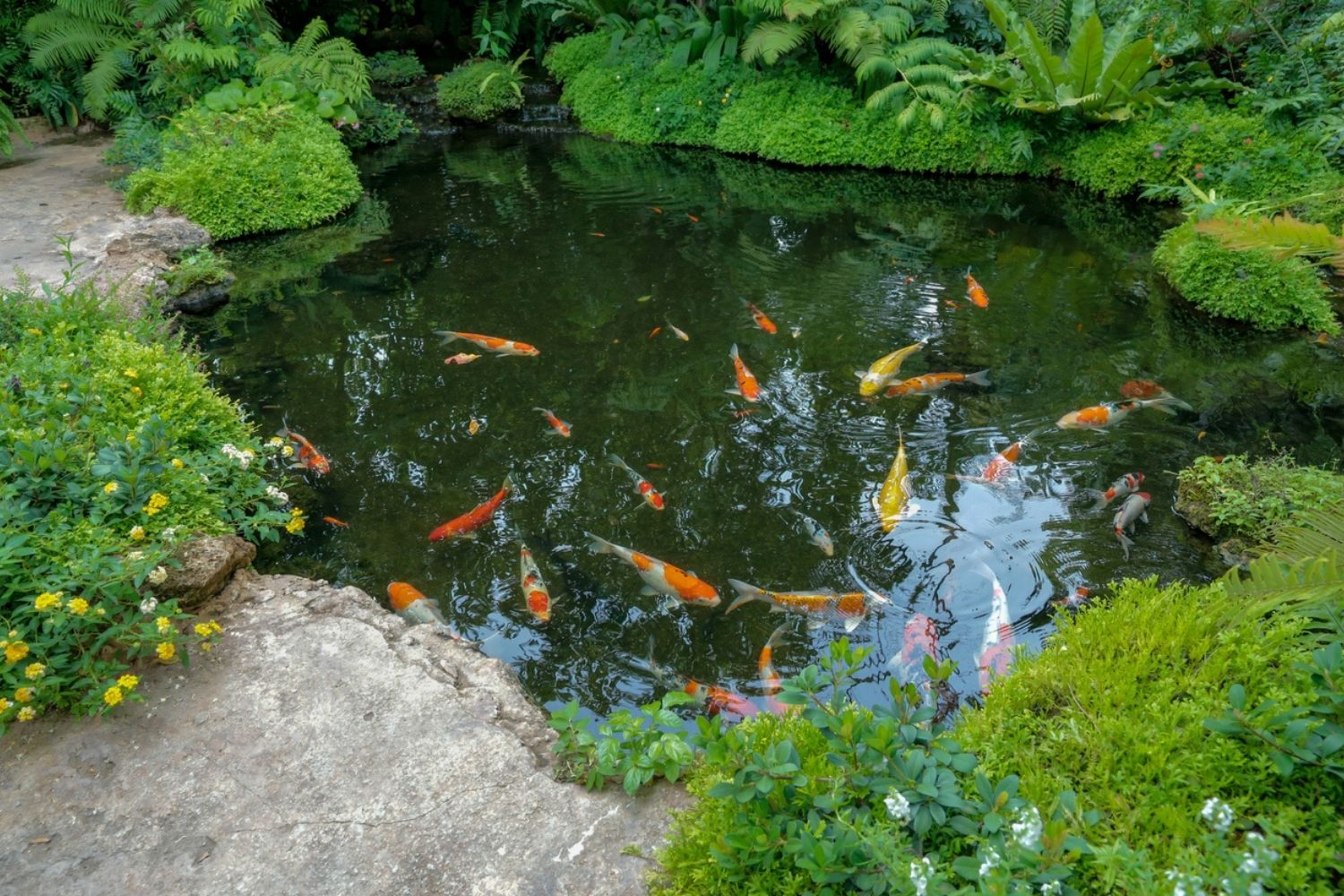There are many benefits to having a backyard pond with a waterfall. It is an excellent way to provide the most natural and healthy habitat for aquatic life, as well as give you a personal piece of nature in your own yard. d. If you have a small section of the yard that is just sitting there, why not turn it into an oasis?
A backyard pond will also help reduce mosquito populations and can be used as a water source for plants or animals on dry land. A DIY pond with a waterfall provides endless hours of relaxation and enjoyment!
Building a pond t’s not as difficult as it sounds and can be done on a budget! In this blog post, we will walk through the process of building one from start to finish. Let’s explore more about this topic and find out together.
Different Types of Ponds
There are many types of ponds that gardeners choose from when they decide they want one in their yard. Each type has its own benefits and challenges, so it’s important to think about what kind of pond is best for you before getting started with the construction process.
There are several different types of ponds that you can create depending on the amount of time, effort, and money you want to put into them.
Wildlife Ponds
Aquatic ecosystems in a backyard pond can be a beautiful addition to any home. However, if you are looking for an ecosystem that is both aesthetically pleasing and functional, wildlife ponds may just be the right choice for you!
Wildlife ponds offer benefits such as improved water quality, increased biodiversity of aquatic life forms, and aesthetic enhancements to your property.
Adding a wildlife pond to your backyard is a great way to enjoy nature and help out the local ecosystem. Wildlife ponds are man-made bodies of water that attract many different types of animals, including birds, frogs, and even some mammals.
They provide homes for these creatures and give them an opportunity to thrive in the surrounding environment. Additionally, they provide natural water filtration systems that can benefit nearby waterways as well as gardens or other plant life around your home.
Koi Ponds
Koi, Japan’s national fish, inhabits these ponds. This fish is a tamed variant of the common carp. Beautiful and sparkly are the words that come to mind while looking at these fishes.
You’ll need a well-maintained pond to keep these fish healthy. Having an understanding of the numerous koi pond care procedures is vital for a healthy and productive pond.
Koi ponds are great for gardeners who enjoy creating beautiful landscapes that also provide relaxing places for friends and family to sit around on hot summer days. Adding water features like this is an inexpensive way to make your yard look more impressive without spending too much money or taking up too much space.
They’re easy enough for anyone with basic DIY skills to create, so if you’d like something similar in your own home, simply follow these steps. This will ensure that the project goes smoothly and everyone can appreciate its beauty once it’s done! Koi fish requires special care and a good filtration system on their pond, which can be archived with the best koi pond filter.
Farm Ponds
A farm pond is an inexpensive and easy way to add some beauty and life to your backyard. In addition, they can be used for many purposes, such as irrigation or aquaculture. Farm ponds are also great for fishing!
Aquariums are a great way to bring the beauty of the ocean into your home. However, if you don’t have a lot of space in your house, you might want to consider putting some fish in a farm pond. Farm ponds allow you to create an oasis for yourself without taking up too much room or breaking the bank with pricey equipment.
Once they’re set up, all that is required from you is regular feeding and occasional cleaning. In return, these small bodies of water provide hours of enjoyment as well as fresh seafood!
So stop wasting time looking for ways to fit an entire ocean into your living room; put some fish in a farm pond instead!
How To Build A Pond
In the list of simple things, building a farm pond isn’t one of them. It’s way more complicated than just a hole in your backyard. Permits, inspectors, and engineers may be required, depending on the size of your pond.
When building a pond, consider the following suggestions:
Step 1: Choose the Location
Location is really important for ponds. You have to choose a spot that has enough sunshine and is flat and leveled. If you choose a place that naturally slopes downward, you’ll have a much simpler time excavating it afterward.
You also need to be aware of underground wires or pipes, so always check your house plans or contact the utility company. The place has to be visible and accessible to your audience.
Avoid placing your pond in a very moist area, under too many trees, or anything of the sort that might pollute the water. And finally, make sure to use circuit breakers or GFIs on any pond equipment.
Step 2: Plan Everything Out
Any existing water on your property must be cleared with the appropriate authorities before any changes may be made. For further information, contact the Environmental Protection Agency (EPA) and your state. The Natural Resources Conservation Service (NRCS) will help you determine what rules and permissions are needed before you begin your project if you don’t already have water on your site.

They’ll also help you understand more about rainfall, soil composition, dam building, and how all of the above may contribute to a healthy farm pond environment. Once that’s done, you can pick where your pond will go, how wide it will be, and even how deep it will be.
Step 3: Dig!
Now that you have everything else sorted out, it’s time for the project itself. You’ll have everything sorted out so you won’t feel stressed or confused. That’s why it’s so important to plan ahead.
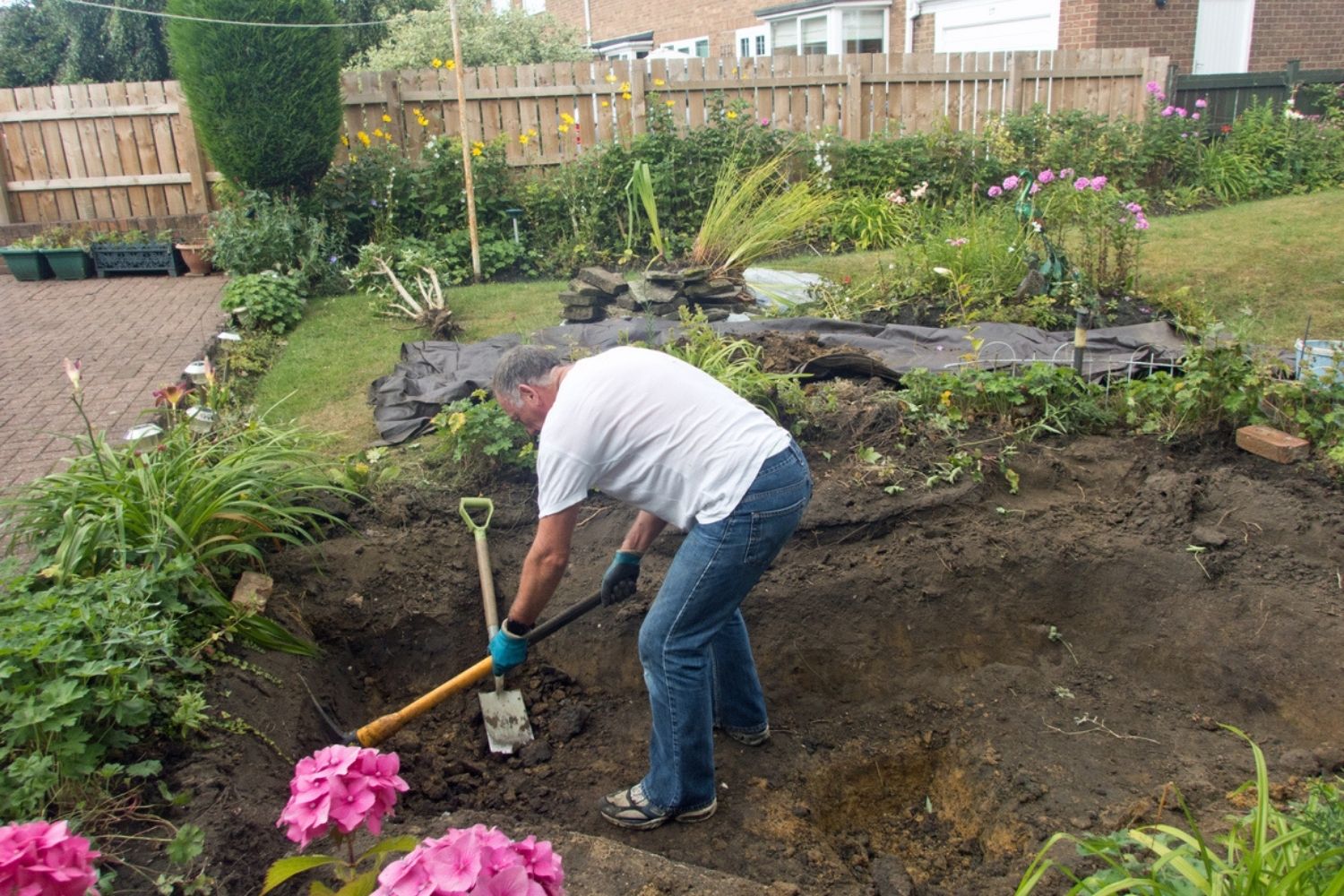
A map of the land is needed, as are the exact measurements and depths of the pond, as well as dams that can hold the water in place until it is ready to be used. You may next dig your pond with farm equipment and keep the bottom watertight line with pond liners.
If cables, pipelines, or other risks are nearby, their location should be properly marked. Enlist the aid of your friends and family for a more pleasant and also much faster process.
Step 4: Fill it Up
In order to finish constructing the microclimate, you are finally going to fill the pond with plants, algae, aquatic creatures, and water. Soil erosion management, irrigation, aquaculture, and fire protection are just some of the benefits you’ll receive from this project.
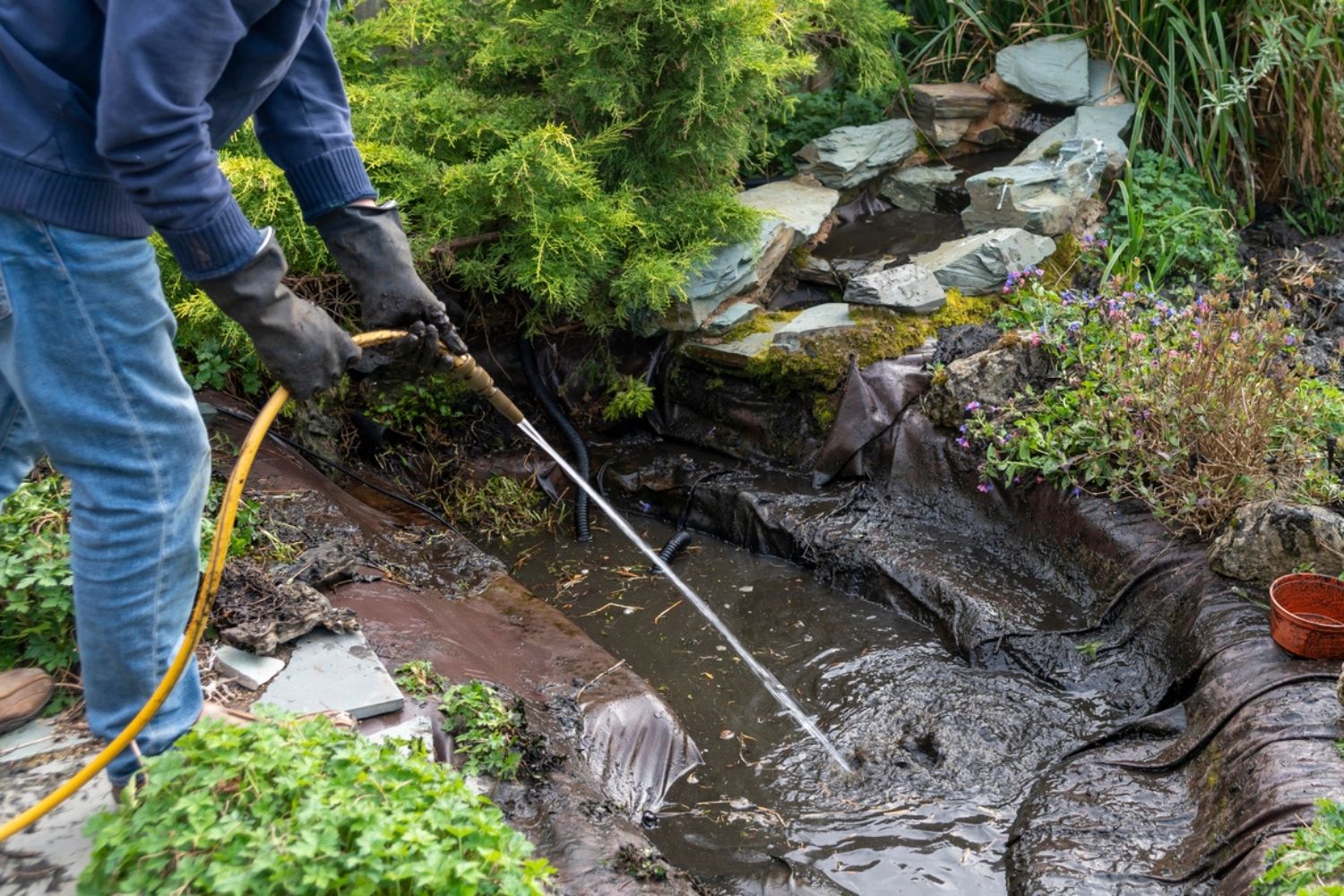
Make sure to mind the visual part as well. Start by looking for ideas on the internet, in gardening periodicals, and on gardening television shows. It’s important to keep in mind that good design is timeless.
Your pond will fit into your garden and last for many years if you use good natural materials and modern design concepts. Not all ponds are created equal. Use well-placed lighting to generate lovely reflections at night to show it off and also make it visible just in case.
How to Build a Pond Waterfall
You may enhance your Pond’s appearance by adding a waterfall. You’ll enjoy the peaceful sound of rushing water as well as the added benefit of drawing oxygen into your pond.
When building a waterfall, the processes are the same regardless of whether you have a liner pond or a preformed pond in your yard. As the name suggests, a pond waterfall is simply a slide in which you cycle water from your pond, pumping it from top to bottom.
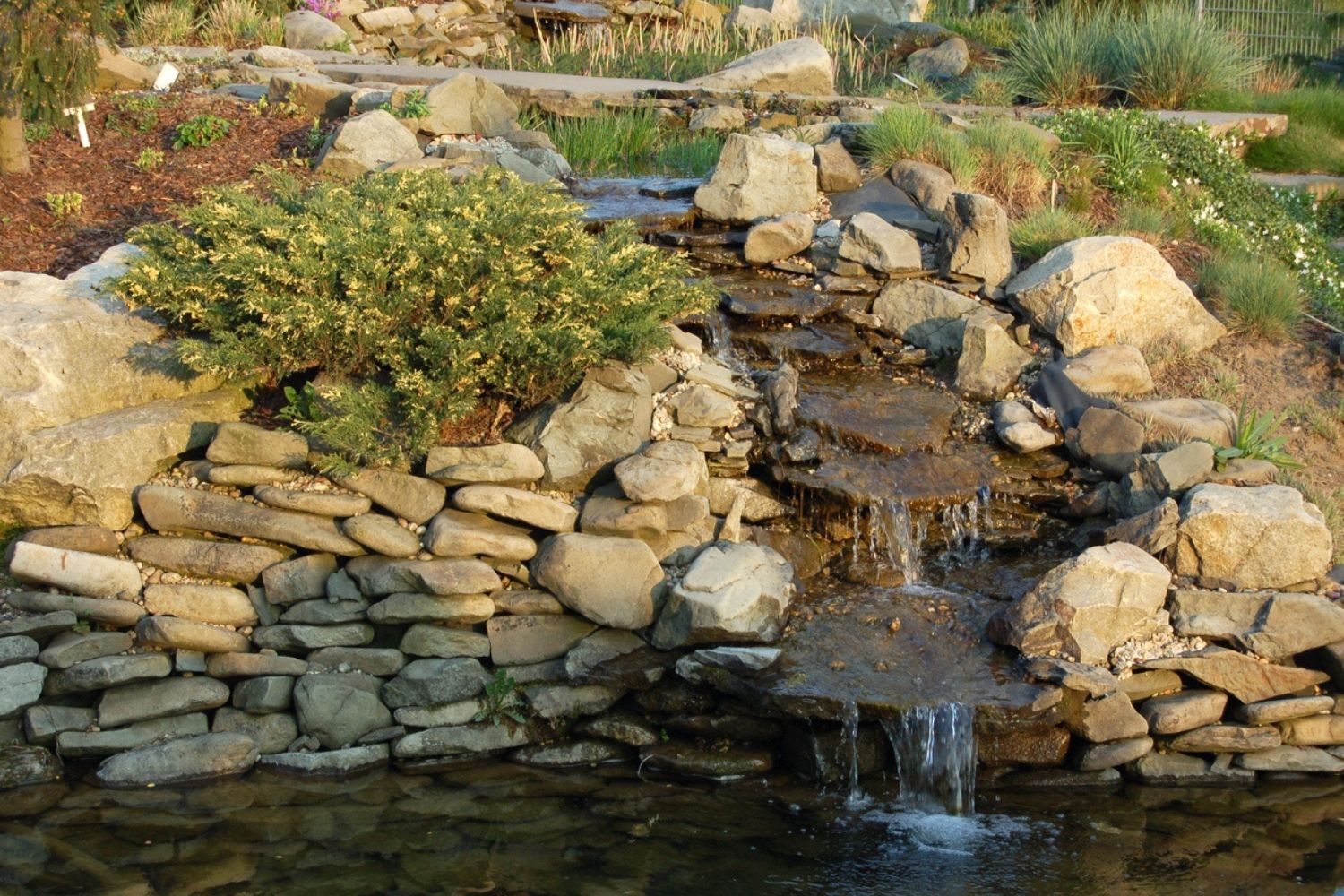
As a result, the first step is to create a sloping, strong, and sturdy base using dirt and stones. Stones should be placed on top of the base to keep the water moving and prevent stagnant spots. The Waterfall should dangle a few inches over the pond.
Afterward, it’s time to set up your water pump in the pond. Preferably on a shallow shelf. Test the waterfall for leaks by running the hose up to the top of the waterfall. You may fill up any gaps or holes with dirt or moist sand. Also, keep an eye out for the stagnant spots we mentioned before and use the Stones to fix them.
Then cover the hose with stone, soil, and plants, and also surround the waterfall with them. This will allow your waterfall to blend in better, looking like it really belongs in your backyard and fits in with its surroundings.
Your waterfall is finally complete! When the rocks start to weather, and the plants begin to grow, they will look way better and right at home. A significant amount of time may be saved by using local flora and natural materials in this procedure, for they’re used to grow in the said environment and will take less time to adjust.
Choosing A Pond Water Pump, Filter, and Liner for your Garden Pond
When it comes to picking equipment for your pond, it might be tough to know where to begin. There’s a ton of information that might be misleading and too complicated out there, which can make this all the more confusing. We’ve simplified everything and made this easy for you to understand.
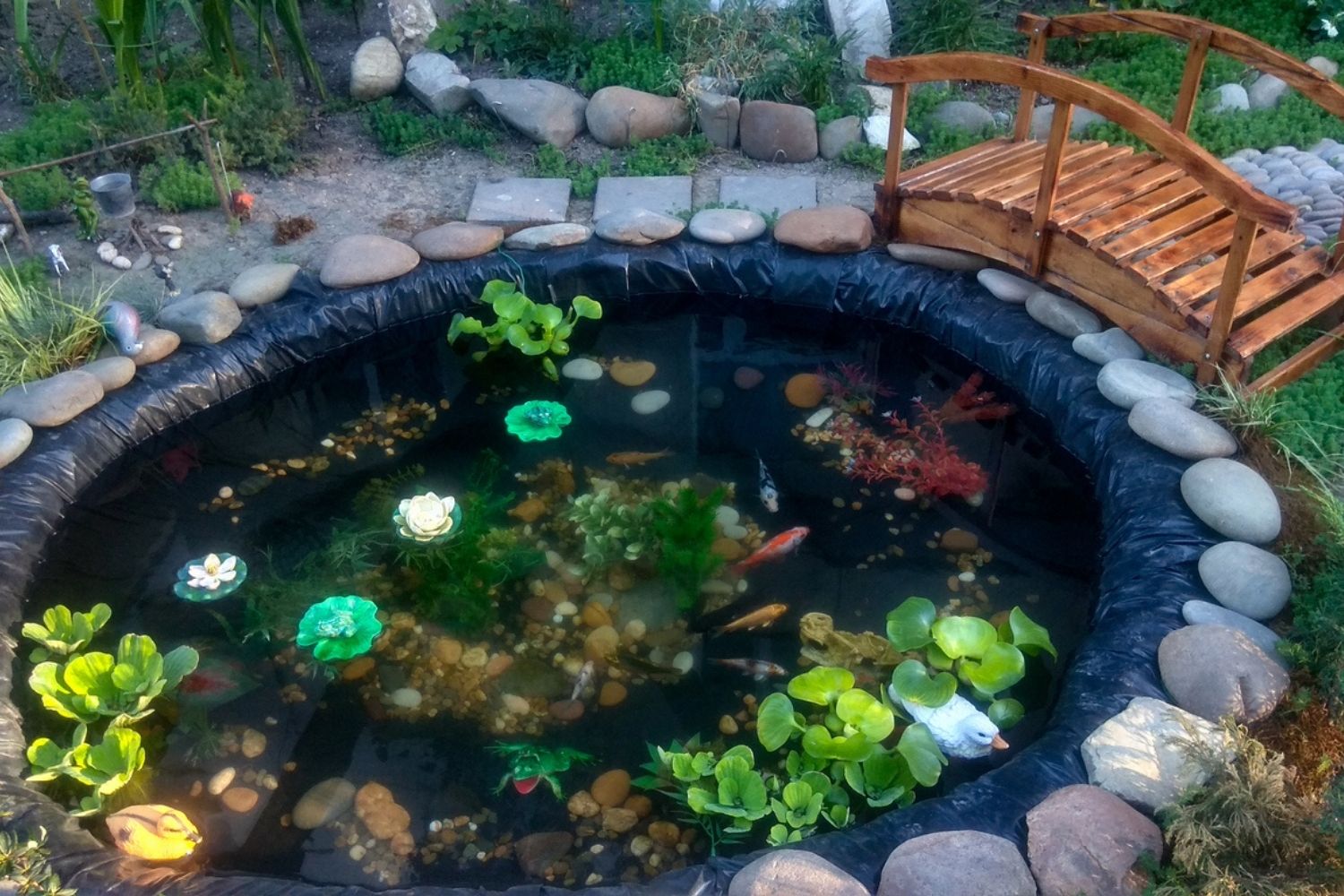
Before anything, you must first figure out the size of your pond. More space to work with means bigger and more powerful components. Some formulas are universally used to figure out the size of a pond.
“Length x Width x Average Depth x 7.5 = Total US Gallons (x1000 for Litres)” is the formula you’d follow for rectangular ponds and “(0.785 x Top Diameter x Bottom Diameter x Depth) x 7.5 = Total US Gallons Radius x Radius x 3.142 x Depth x 1000 = Total Litres” for round ponds.
Best Water Pump for Pond Waterfall
Even a modest pump can make a world of difference between a sluggish, lifeless pool and a lively, vibrant one. A pond pump is a necessity because it keeps the water clean and clear so plants and what grows in and around it may thrive.
Once every two hours, the water should be circulated to keep the pond healthy. The pump also has to be powerful enough to handle the whole size and work necessary for your pond. For instance, assuming that the Pond is 100 Gallons in size and the Pump has to be capable of a minimum of 50 GPH.
A decent rule of thumb is to pick a pump that has a higher pressure rating than the minimum needed, so as to also not to deteriorate the pump by using it to its max and leaving space for upgrading your pond later on.
Our best recommendation would be WaterRebirth High Flow Submersible Water Pump. It is ultra-quiet and energy-efficient. It offers protection against high heat and also can be found on different GPH power (from 1700 GPH to 9800GPH). You are sure to find the right model for your pond size.
Best Pond Liner for Koi, Ducks, and Turtles Ponds
There are several factors to consider when choosing the liner to use for your new garden pond. These include your budget, the sort of liner that works best in your garden, and the type of liner that is the easiest to install.
The pond liner can be either a typical flexible liner or a preformed shell liner. For any style of pond liner and material, there will be pros and cons associated with the choice.
A flexible liner has a free form, and its versatility is guaranteed. It’s easily accessible and generally less expensive. However, it is not as strong as a shell liner, and its installation usually needs more planning.
Despite the availability of several low-cost materials, we strongly recommend that you invest in a high-quality liner with adequate thickness and quality. Your pond will be less likely to be punctured or torn as a result. Our recommendation is: Firestone EPDM Rubber Pond Liner.
Pond liners are pre-made, and the amount of time spent on planning is greatly reduced. Installing is usually a lot simpler, and there’s less room for error. However, they’re usually more expensive and come at a higher cost.
A high-quality Preformed Liner is essential, as cheaper versions are more prone to breaking or cracking. Our recommendation is the Algreen 91901 Avonlea Rigid Preformed Pond Liner. This one checks all the boxes and will be a great choice for your setup.
Make sure to inspect and verify the pond liner for damage or wear and tear before putting it, regardless of which one you pick. Fill it partially first to make sure there aren’t any leaks or problems of the sort.
Best Pond Filter for Small and Large Ponds
When it comes to keeping your pond fish healthy and thriving, pond filters are the most critical thing you need to keep in mind. Toxins from unclean water and their own waste deposits harm the fish in an enclosed habitat where water is neither replaced nor circulated.
While flowing and changing in nature, freshwater replenishes itself by reviving itself. In a man-made pond, where the water has nowhere to go, it must be artificially filtered and cleansed. Therefore it’s of great importance to choose the best pond filter.
Our top choice would be VIVOHOME VH515 CPF-2500. A complicated name for sure, but this product ensures keeping your backyard pond clean. Rather it is a big or small pond. It differs from others in quality and the value for money it offers. Four water pipe adaptors are included with this filter, each of which has a different size.
That’s a lot of varieties, and it’s great, as it may be used with any sort of drain you own. There are also four removable sponges. Blue sponges have a high density, while yellow sponges have a low density. An orange light indicates the right time for cleansing the filter sponges.
If you keep your fish’s water as clean as possible, they’ll be more comfortable and grow bigger and healthier. There are times when it is important to assist by removing at least a third of the water in the pond, besides the filter’s work.
Final Thoughts
Building a pond has never seemed easier. We hope that this pond setup guide has given you all you need to know to make sure you’re doing everything right, We tried making everything easier from how to prepare pond water for fish with the right equipment to backyard pond ideas to make your environment even more exciting.
A DIY pond is a perfect project to take on with friends and family and it’ll also be a great hobby to invest in, especially if you have a heart for fish. The product and the advice above are all you’re going to need to make this happen, of course with a little bit of patience, time, and care. We’re glad to contribute to one more little ecosystem for our little fish friends.
